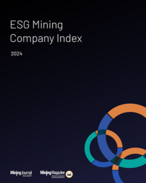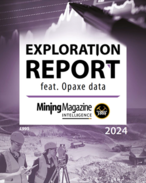The Coal Trading Handbook combines analysis of the US and global coal markets with coverage of coal trading techniques and risk management strategies.
“We created this product for companies with 'coal capital' at risk: hedge funds, electric utilities, coal companies, merchant generators, banks, energy traders, bankers, energy analysts, railroads, barge lines and PUC commissioners," Doyle said.
“By teaming up with Hill & Associates and with special help from the leading coal and emissions broker, Evolution Markets, we were able to include proprietary data and analysis unavailable elsewhere.”
The reference and trading manual contains more than 400 pages of information and commentary on market drivers that impact the coal sector: mining techniques, physical characteristics of coal, combustion methods, coal reserves, transportation costs, inventories, natural gas versus coal, mining companies, supply/demand drivers, price volatility drivers, utilities, merchant generators, synfuel plants, importers/exporters, traditional risk management techniques, OTC (over-the-counter) participants, details of standardised OTC products, regulated/unregulated trading groups, futures trading, the principles of hedging, basis trading, options trading, swaps trading, equity trading, tips for working with OTC brokers, OTC FAQs, the use of structured products, how to interpret forward curves, the function of the back office, the role of the risk manager and prognostications on the future of coal, the coal sector, and coal trading.
The handbook also features tables, charts and graphs, such as global steam/coking coal flows, volatility curves, basis trends, market participants, coal curves, emission curves, ocean freight curves, energy correlation matrices, option pay-outs, equity charts, OTC trading volume, regional coal consumption by electricity regions and more.























